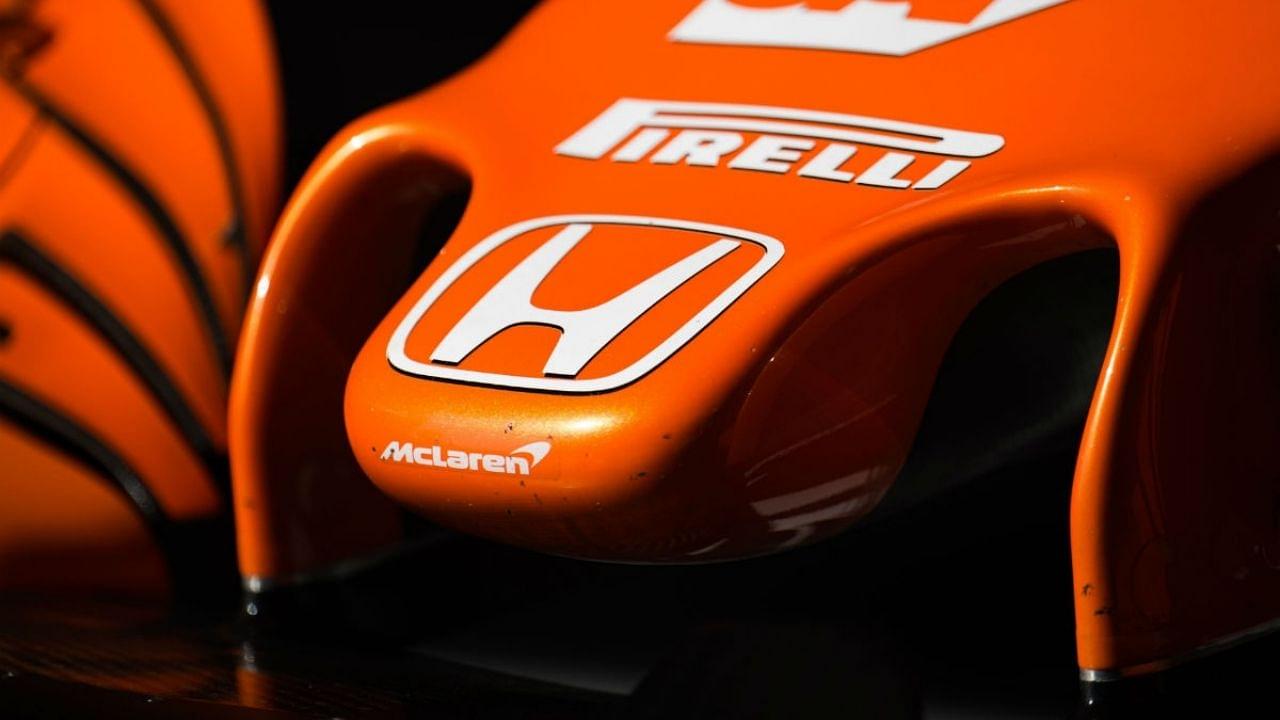Honda rose from being a hopeless project in 2017 to winning the drivers’ title in 2021. What changed the fortune of Japanese manufacturers?
After resigning from Formula 1 following the 2007-2008 financial crisis, Honda returned to the hybrid era of F1 in 2015 with McLaren. Although the partnership did not turn out to be as fruitful as it was expected to be.
Honda repeatedly failed to deliver a competitive engine for three seasons. The merger between McLaren and Honda ended with a miserable scoreboard of 133 points from 60 Grand Prix. No poles, no wins and no podiums.
One of the reasons behind this failure was that the British team pressured Honda into entering the sport a year earlier than initially planned. As a result, an underprepared Honda produced an engine that was drastically underpowered and unreliable.
Honda and McLaren continued with the same concept in 2016 hoping to at least improve the reliability. But they could not find a solution. In 2017, Honda was worried that its new engine layout with compressor mirroring Mercedes solution carried a risk as it was not well explored.
But there were more upcoming unexpected problems. In pre-season testing, the car was ravaged due to an oil tank problem that did not appear in the dyno. When that was solved, more fundamental problems arose primarily with the MGU-H.
Join us next time as 1ntern tries to win a title with 2017 McLaren Honda in 3 seasons.
Can’t wait🥲 (I can, actually) https://t.co/hxkgpVOUNy pic.twitter.com/nyB5sDtxYI
— 🇯🇲1ntern🇯🇲 (@Unpaid1ntern) January 3, 2022
All this misfortune led to hopelessness in the McLaren-Honda merger ultimately leading to separation for the better good after three years. Later in 2017, Honda tried to bring in more upgrades to fix its problems but McLaren had already lost faith.
Failing to deliver the same results as it did with McLaren in the 1980s and early 1990s, Honda felt hopeless and was on the brink to resign from motorsport.
Also Read: Former F1 Champion feels Red Bull glory was the perfect way for Honda to sign off from the sport
Toro Rosso – The saviour of Honda
With McLaren and Honda’s deal coming to an end, the only way to sustain for Honda was Toro Rosso. But for that to happen, Toro Rosso had to get out of its Renault deal. In 2018, Toro Rosso released its driver Carlos Sainz to drive for Renault. In return, Renault released Toro Rosso from its engine contract.
Following that, Toro Rosso struck a deal with Honda. But the Japanese manufacturers still needed someone to put faith in their project after McLaren’s lack of confidence visible in the paddock.
Off the track, Toro Rosso put emphasis on open communication within the team. It encouraged Honda to be bolder and demanding instead of the team telling its engine provider ‘what to do.’
Honda showed massive improvement in the 2018 season with Toro Rosso following which Red Bull also partnered with the manufacturers.
In 2019, Honda achieved their first victory of the hybrid era at the Austrian Grand Prix with Max Verstappen in Red Bull. Numerous wins followed thereafter with both Red Bull and Toro Rosso team, now renamed as Scuderia AlphaTauri.
In 2021, Honda won its first drivers’ title after Ayrton Senna with McLaren in 1991.
Also Read: Sergio Perez says adjusting to Honda engine was his biggest difficulty of the season






